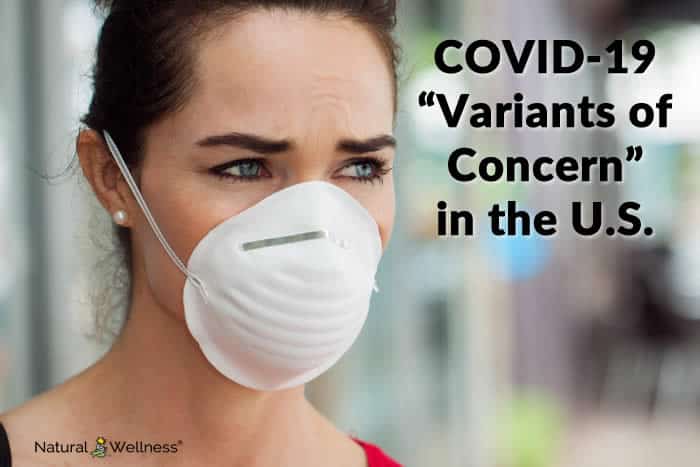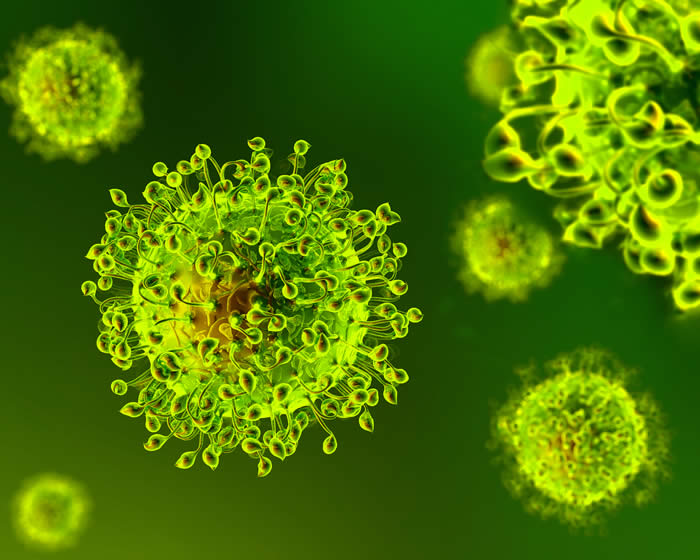

One hallmark characteristic of viruses is that they change over time. Take the influenza virus, more commonly known as the flu virus, for instance. Sometimes, this virus changes ever so slightly, eventually creating a different virus (called antigenic drift). While, at other times, it may experience a more dramatic or faster metamorphosis (referred to as antigenic shift). (1)
So, it comes as no surprise to researchers and the medical community that the COVID-19 virus formally known as SARS-CoV-2 is also mutating the longer it is in existence. Each of these mutations is considered a variant.
Here are a few of the “variants of concern” in the United States as of September 2021, (2) as well as where they are thought to originate, spread rate, and vaccine effectiveness.
Alpha Variant (B.1.1.7)
The Alpha variant was first recognized in the United Kingdom in September 2020 and spreads much faster than some of the other COVID-19 variants, with original estimations suggesting a transmissibility rate of 70% that has since been reduced to somewhere between 30% and 40%. (3)
According to research published on August 21, 2021, both the Moderna and Pfizer mRNA vaccines are “highly effective” against being hospitalized with this variant. (4) Additionally, those receiving the Moderna vaccine appear to have greater protection against breakthrough infections.
Beta Variant (B.1.351, B.1.351.2, B.1.351.3)
The Beta variant was first discovered in South Africa in May 2020 and has a transmission rate of around 50%. (3) Part of what makes this variant so worrisome is that many of the available vaccines may be less effective against it. (5)
That being said, the Centers for Disease Control and Prevention (CDC) reinforces that the vaccines are still effective at preventing serious cases of COVID infection due to the Beta variant and breakthrough cases are relatively rare. (2)
Delta Variant (B.1.617.2, AY.1, AY.2, AY.3)
This variant was noticed in India in October 2020 but quickly became the dominant variant in both the U.S. and Europe, with rising rates of occurrence in other areas of the world, such as Asia. (3)
The research study involving the Alpha variant also looked at the Delta variant and found the same type of effects. Namely, those receiving the Moderna and Pfizer vaccines have a high level of protection against severe cases of COVID-19, though effectiveness against breakthrough cases appears to be diminishing, more so in those receiving the Pfizer vaccine. (4)
Gamma Variants (P.1, P.1.1, P.1.2)
The Gamma variant is the newest COVID mutation to make the “variants of concern” list, appearing in Brazil in November 2020. (3) As of mid-year 2021, it has become the most prominent variant in Brazil, with one study of healthcare workers finding that the pre-existing conditions among those contracting this mutation were hypertension, hyperlipidemia, and chronic pulmonary disease, followed by type 2 diabetes and heart disease. (6)
Since it is one of the newer variants, there have been limited studies on vaccine effectiveness, though there does appear to be some level of protection as those who are vaccinated contract this variation less often than those who are unvaccinated. (3)
Variants of Less Concern

While the Alpha, Beta, Delta, and Gamma variants are of greatest concern in the United States right this moment, these aren’t the only mutations of the coronavirus that exist. There are a few that the World Health Organization (WHO) has labeled as “variants of interest.”
These additional variations and the dates and locations of their detection include: (7)
- Kappa variant (B.1.617.1) – October 2020 – India
- Iota variant (B.1.526) – November 2020 – U.S.
- Eta variant (B.1.525) – December 2020 – Multiple countries
- Lambda variant (C.37) – December 2020 – Peru
- Mu variant (B.1.621) – January 2021 – Colombia
Conclusion
In true virus form, we are likely to see many more variations of the COVID-19 virus as time progresses. Thanks to researchers, we will also learn more about each one, providing a better understanding not only of their transmission rates but also of the vaccine’s ability to protect us against them.




